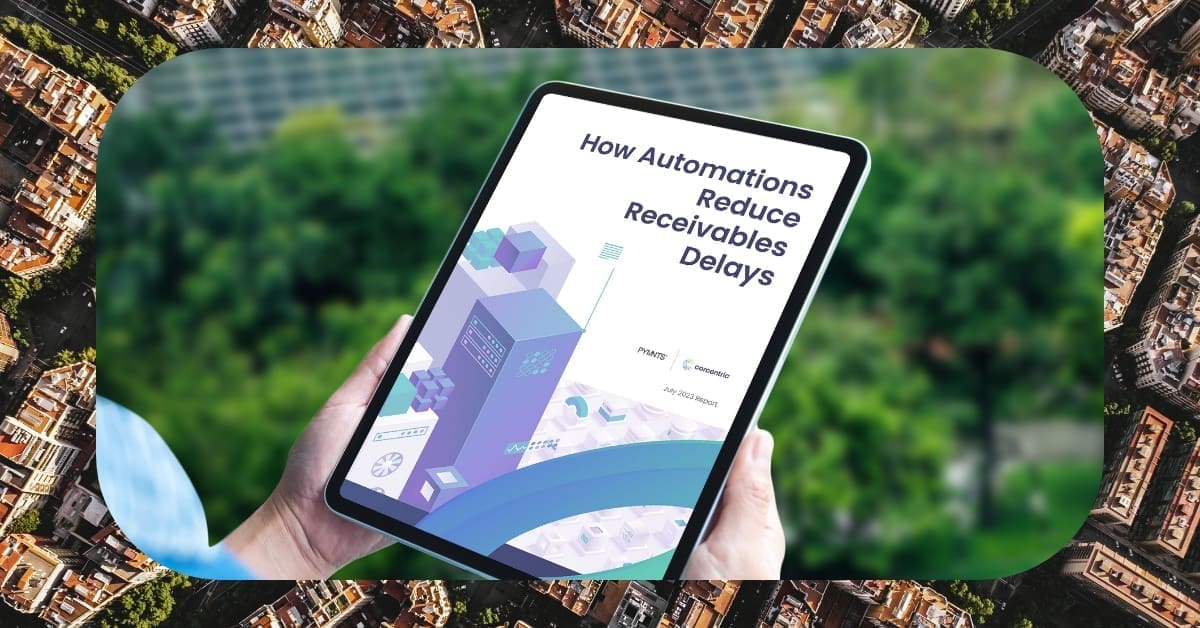Exploring Source-To-Pay Solutions: A Guide To Successful Supplier Management Suite Usage
Corcentric

Supplier Management Suite
The first and most crucial step in using source-to-pay Softwaresolution like supplier management suite is to assess the needs of your particular organization. Ask yourself the following questions: What processes do we need streamlined? What goals do we need to achieve? What is our budget? Having an understanding of these needs will allow you to select the right Softwaresolution to meet your needs.
2. Evaluate the Different Solutions After you have determined the requirements of your organization, it is time to evaluate the different Softwaresolutions on the market. Make list of potential solutions and assess their features, cost, and potential to meet your needs. Consider the overall functionality that each solution provides, as well as how easy they are to use and integrate.
3. Screen Potential Vendors Once you?ve made shortlist of possible supplier management suite providers, you?ll need to screen the vendors to ensure that they have the capabilities to fully support your organizations needs. Inquire about their experience in managing and supporting complex supply chains, and read reviews from other users to gain insights into the companies track record.
4. Select Long-Term Partner The next step is to select the best partner for the job based on your organizations needs. Ensure that the vendor will be able to provide ongoing service, scalability, and flexibility that will accommodate your organizations changing needs. They should have robust roadmap that shows their commitment to innovation and continuous improvement.
5. Implement the Source-to-Pay Software Once you?ve selected your Vendor, it is time to implement the chosen supplier management suite. This process will involve mapping out timeline, assigning specific roles and responsibilities, and creating vendor profiles. The vendor should assist you in the implementation process, making sure that the system is configured for your specific requirements.
6. Train Staff to Use the System After the software is implemented, it is time to train your staff on how to use the system. Provide them with thorough instruction, both in-person and online, on how to use all the components of the system. Make sure to include updated and relevant documentation so that your staff can use the system correctly and efficiently.
7. Monitor and Maintain the System Over Time Once your staff is trained, it is important to continuously monitor and maintain the system over time. This can include periodic reviews of the system, conducting updates and upgrades, and monitoring supplier performance. it is important to ensure that the system is running effectively and is helping to optimize your internal processes.
Source-to-pay Softwaresolutions, such as supplier management suite, have become increasingly popular due to their ability to streamline processes, improve efficiency, and better manage supplier networks. Following the seven steps outlined in this guide will give executives and the C-Suite in finance the tools necessary to successfully deploy and use supplier management suite. By taking the time to assess the needs of your organization, evaluate the different Softwaresolutions on the market, select long-term partner, implement the source-to-pay software, train staff to use the system, and monitor and maintain the system over time, you can maximize the efficiency of your supply chain and achieve true success.

